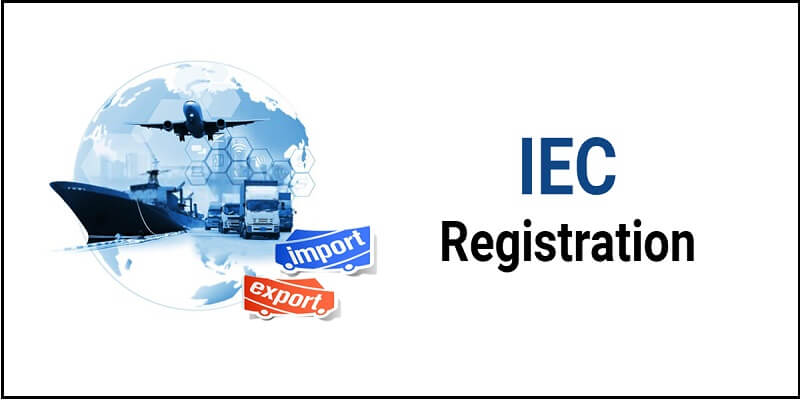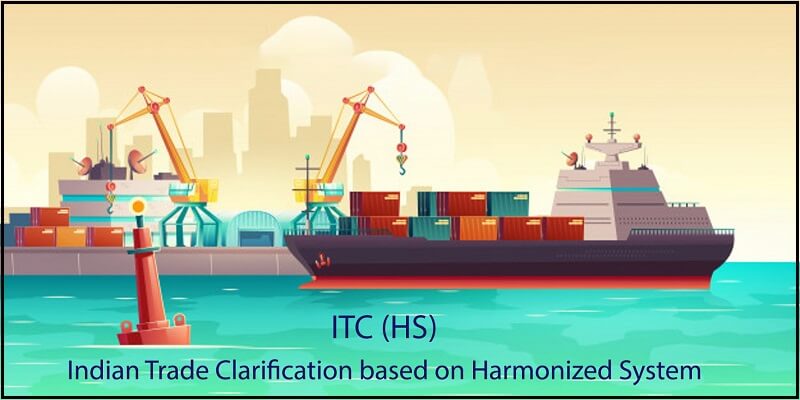import Export procedure in India
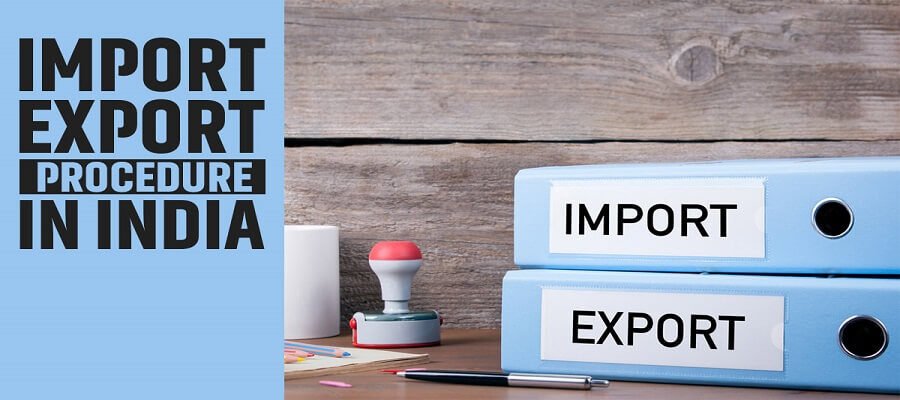
Import and Export Procedures in India:
Import and Export Procedures in India: The Customs authorities of India have launched the Indian Customs Compliance Information Portal detailing customs procedures and regulatory compliance for import-export business. This article briefly throws light upon the relevant import-export processes in India as well as various promotional schemes and initiatives being implemented to benefit the exporters. Businesses attending to got wind of a commercialism company or begin commerce or commerce from Republic of India ought to perceive the steps and stakeholders concerned within the method likewise because the regulative framework and documentation needed. Import and Export Procedures in India.
In India, imports and exports area unit regulated by the Foreign Trade (Development and Regulation) Act, 1992, that empowers the national to form provisions for the event and regulation of foreign trade. Existing provisions concerning exports and imports in Republic of India area unit obtainable beneath the Foreign foreign policy, 2016-21. Import and Export Procedures in India
Generally, the process of import and export activities involves ensuring licensing and compliance prior to shipping of goods, arranging for transportation and warehousing after unloading of goods, and obtaining customs clearance as well as taxes prior to the release of goods. payment is included.
Below, we outline the steps involved in importing goods.
Before importing from India, each business must first obtain an Import Export Code (IEC) number from the regional combined DGFT. IEC is a PAN-based registration of merchants with lifetime validity and is required for clearing customs, sending shipments as well as sending or receiving money in foreign currency.
Once the IEC is allotted, businesses can import goods that are in accordance with Section 11 of the Customs Act (1962), the Foreign Trade (Development and Regulation) Act (1992), and the Foreign Trade Policy, 2021-26.
However, certain items declared and notified by the government – restricted, canalized, or prohibited – require additional permission and licenses from the DGFT and the federal government.
ITC ( HS ) is India’s principal method of classifying goods for trade and import-export operations. The ITC-HS code issued by DGFT is an 8-digit alphanumeric code that represents a certain class or category of goods, which allows the importer to comply with the regulations relating to those goods.
An import license can be either a general license or a specific license. Under a general license, goods can be imported from any country, whereas a specific or individual license only authorizes imports from specific countries.
The import license is used in import clearance, is renewable, and is typically valid for 24 months for capital goods or 18 months for raw material components, consumables, and spare parts.
4. File Bill of Entry and other documents to complete customs clearing formalities
After obtaining import licence, importers are required to submit import declaration within prescribed Bill of Entry along with Business Identification Number (BIN) mainly with Permanent Account Number (PAN) as per section forty six of the Customs Act (1962).
A bill of entry provides information about the actual nature, actual amount and value of products arriving or arriving in a country.
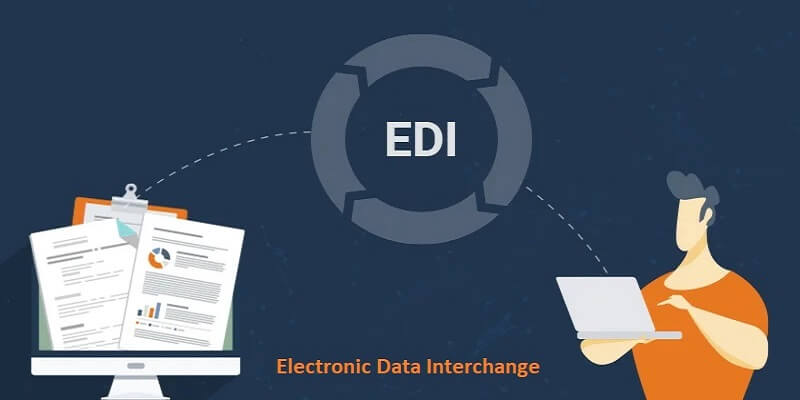
no formal Bill of Entry is filed as it is generated within the system. However, after determining the small print required to process the entry for customs clearance, the bourgeoisie must file a freight declaration.
If a bill of entry is filed without operating the EDI system incorrectly, the bourgeoisie will have to submit supporting documents including certificates of origin, review certificates, bills of exchange, industrial invoices, packing lists, etc.
Once the product is shipped, customs officials examine and evaluate the data provided in the bill of entry and match it with the foreign imported product. If there are no irregularities, the authorities issue a ‘pass out order’ which allows the foreign imported product to be replaced by customs.
India levies basic customs duty on imported goods, as specified in the First Schedule to the Customs Act, 1975, along with goods-specific duties such as anti-dumping duty, security duty and social welfare surcharge.
Apart from these, the government levies an Integrated Goods and Services Tax (IGST) under the new GST system. The rates of IGST depend on the classification of imported goods specified in the Schedules notified under Section 5 of the IGST Act (2017).
After obtaining the IEC, the exporter needs to ensure that all legal compliance under various trade laws are fulfilled.
Import Export code plays a big role in the export business. We can not export without IEC. It’s a legal document that allows you to export from India. You can get it from the DGFT website by paying Rs 500.
You need GST registration and bank canceled cheque to get an IEC.
Further, the exporter should check whether export license is required or not, and apply for license to DGFT accordingly.
certifying that the exported goods originated in India.
Import and export documents
Carrying out export and import activities in the Asian country India requires the business class to submit a set of documents.
These include business documents – exchanges between the customer and the seller, and regulatory documents that manage various regulatory authorities such as customs, excise, licensing authorities, as well as export promotion bodies that facilitate the receipt of export import benefits. provide.
The Foreign Trade Policy, 2021-2026 mandates the following business documents for carrying out import and export activities:
- Bill of lading or airway bill
- Commercial Invoice cum Packing List
- Shipping bill or bill of export, or bill of entry (for import).
Additional documents like original certificate and inspection certificate may be required as per the case.
Important regulatory documents include:
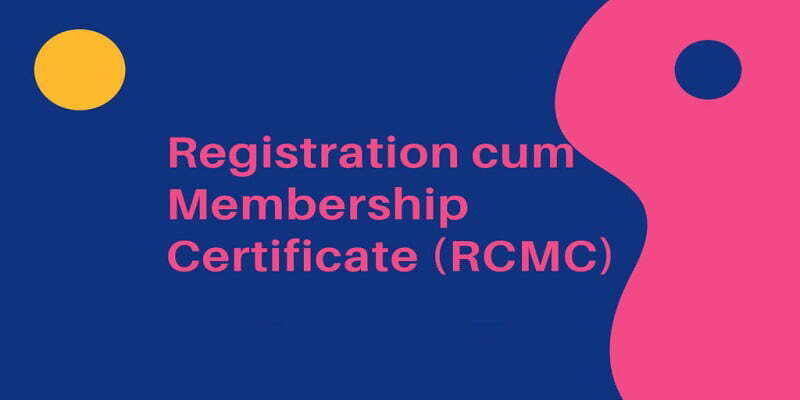
RCMC certificate issued by Export Promotion Councils of India. This certificate is proof that a particular exporter is attached to a particular Export Promotion Councils ( EPC ). Now here comes the question whether one can export without RCMC – the answer is yes but you will not get any quality certificate from government agencies provided by Agricultural & Processed Food Products Export Development Authority (APEDA)
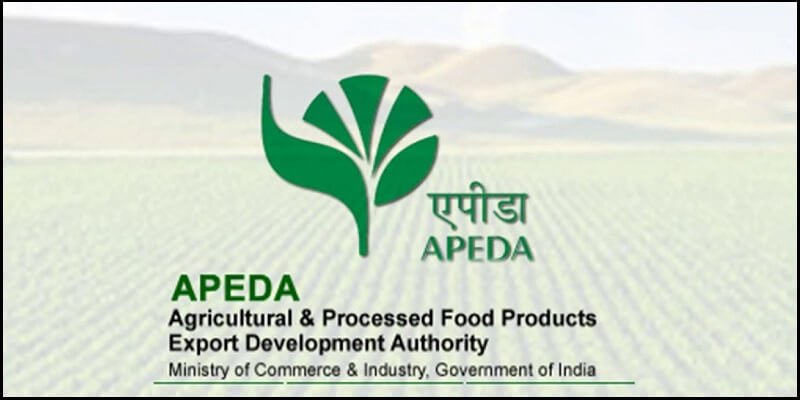
and you are also not eligible to get duty refund and MEIS Will be RCMC is required to avail export benefits under FTP. We have 26 Export Promotion Councils and 9 Commodity Boards in India. They are the authority to issue RCMC. These institutions are authorized by the Government of India to issue RCMCs to the exporters. You can get the link of a particular EPC or Commodity Board just by searching on google. They are the authority to issue RCMC. These institutions are authorized by the Government of India to issue RCMCs to the exporters.
After shipment, it is obligatory to present the documents to the Bank within 21 days for onward dispatch to the foreign Bank for arranging payment. Documents should be drawn under Collection/Purchase/Negotiation under L/C as the case may be, along with the following documents
- Bill of Exchange
- Letter of Credit (if shipment is under L/C)
- Invoice
- Packing List
- Airway Bill/Bill of Lading
- Declaration under Foreign Exchange
- Certificate of Origin/GSP
- Inspection Certificate, wherever necessary
- Any other document as required in the L/C or by the buyer or statutorily
The Central Board of Indirect Taxes and Customs (CBIC) launched the Indian Customs Compliance Information Portal (CIP) in 2021 at https://cip.icegate.gov.in/CIP/#/home, to provide access to information on all customs to provide free access. Procedures and regulatory compliance for approximately 12,000 customs tariff items.
CIP is a facilitation tool that allows interested individuals to stay up-to-date with information about the legal and procedural requirements of Customs authorities of India and regulatory government agencies (FSSAI, AQIS, PQIS, Drug Controllers etc.). The portal will provide complete knowledge of all import and export requirements for all goods falling under customs duty, thereby facilitating cross-border trade.
While using the CIP portal, enter either Customs Tariff Title (CTH) or description of related goods to get information on regulatory compliance requirements like step-by-step procedures for imports, licenses, certificates etc. . as well as export. This includes import and export through post and courier, import of samples, re-import and re-export of goods, self-sealing facility for exporters and project import.
Another important feature of CIP is a pan-India map showing all customs ports, airports and land customs stations etc. It also includes the addresses of regulatory agencies and their websites.
Extension of Foreign Trade Policy 2015-20 till September 30, 2021.
Scheme to enable duty free import of raw materials and capital goods for export oriented production. To apply for the Advance Authorization Scheme, visit the respective DGFT page here.
Interest equalization scheme, which provides rupee export credit before and after shipment, and has been extended till September 30, 2021.
Transport and Marketing Assistance (TMA) scheme for specified agricultural products, which provides support for the international component of freight and marketing of agricultural products and promotes brand recognition for Indian agricultural products in specified overseas markets. To apply for the TMA scheme, visit the relevant DGFT website page.
Districts across India by identifying products and services with export potential in each district [ One District One Product (ODOP) Initiative], removing barriers to export of these products/services and providing institutional and strategic interventions to such local exporters/manufacturers. It is being promoted as an export hub through , District specific export action plan has been prepared for 478 districts. One District One Product Digital GIS Map on Ministry of Food Processing Industries website. The Department of Commerce is focusing on agricultural crops through a cluster approach to support exports under the Agriculture Export Policy. It complements the cluster approach for development of specific agricultural products in comparative advantage districts by the Ministry of Agriculture.
Market Access Initiative (MAI) scheme is an export promotion scheme which provides financial assistance to eligible agencies like Export Promotion Organizations / Trade Promotion Organizations / National Level Institutions / Research Institutes / Universities / Laboratories, Exporters etc. The scheme has been prepared on Focus Product- Focus on specific market and country’s approach to develop specific product through market study/survey.
A Working Group on Infrastructure Up-gradation under National Committee on Trade Facilitation (NCTF) has been constituted and a National Trade Facilitation Action Plan (NTFAP) has been prepared. This includes improving road and rail connectivity to ports and smart gates at sea ports. The government wants to cut export-import red tape and ease cross-border trade for business by 2022. As reported on Live-mint, “A key goal is to reduce cargo release times to 12 hours for outbound air cargo and 24 hours for outbound sea cargo. The target is 48 hours for inbound sea cargo and 24 hours for inbound air cargo.”

